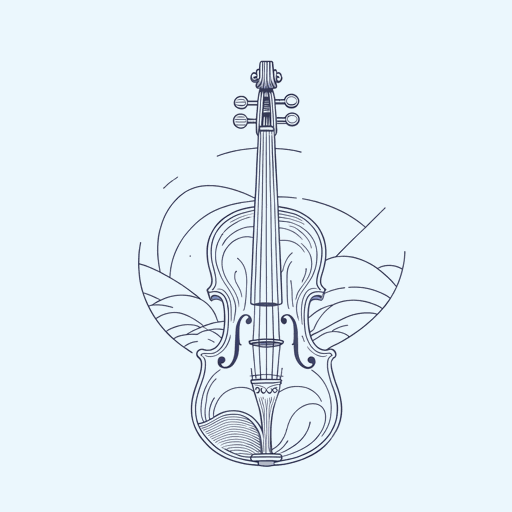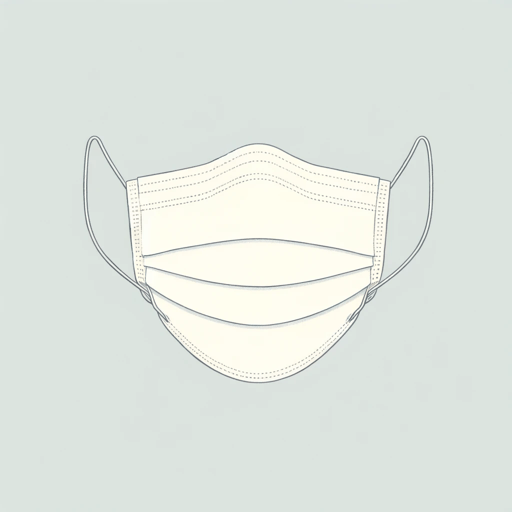36 pages • 1 hour read
Emily St. John MandelThe Glass Hotel
Fiction | Novel | Adult | Published in 2020A modern alternative to SparkNotes and CliffsNotes, SuperSummary offers high-quality Study Guides with detailed chapter summaries and analysis of major themes, characters, and more.
Symbols & Motifs
The Glass Hotel
The Hotel Caiette—the secluded, glass-walled, luxury hotel of the novel’s title—is a multifaceted symbol. As an image of 21st-century wealth, it both speaks to the characters' unattainable desires, and represents a purposeful narrative obfuscation.
As for unattainable desires, the hotel gives an illusory promise. So often, the wealthy aspire to separate themselves from the messy realities of modern life, and this glass hotel would seem to provide them that opportunity. It is a location to which the characters return continually, either physically or mentally.
Part of the hotel’s symbolic character, however, lies in its most salient aesthetic features. Some of the wealthiest early 20th-century architecture celebrated expansive, opaque surfaces, employing gothic ornament and substantive materials like marble and iron. Such a style may partly comprise the novel’s setting, with its stately, multi-generational stories of wealthy families. In contrast, the architectural earmark of wealth in the 21st century is the appearance of transparence—whether by glass skyscrapers or tech-firm campuses secluded in wilderness retreats. The Hotel Caiette, too, is secluded in the deep wilderness, accessible only by rarified transportation and formed using large sheets of glass that reflect its surroundings. As a “glass hotel” itself, the novel is composed of shifting perspectives and transparent overlays, constantly diverting the viewer from a fixed 







Related Titles
By Emily St. John Mandel
Featured Collections
American Literature
View Collection
Books About Art
View Collection
Books on Justice & Injustice
View Collection
Business & Economics
View Collection
Canadian Literature
View Collection
Challenging Authority
View Collection
Power
View Collection
Psychological Fiction
View Collection
The Best of "Best Book" Lists
View Collection


